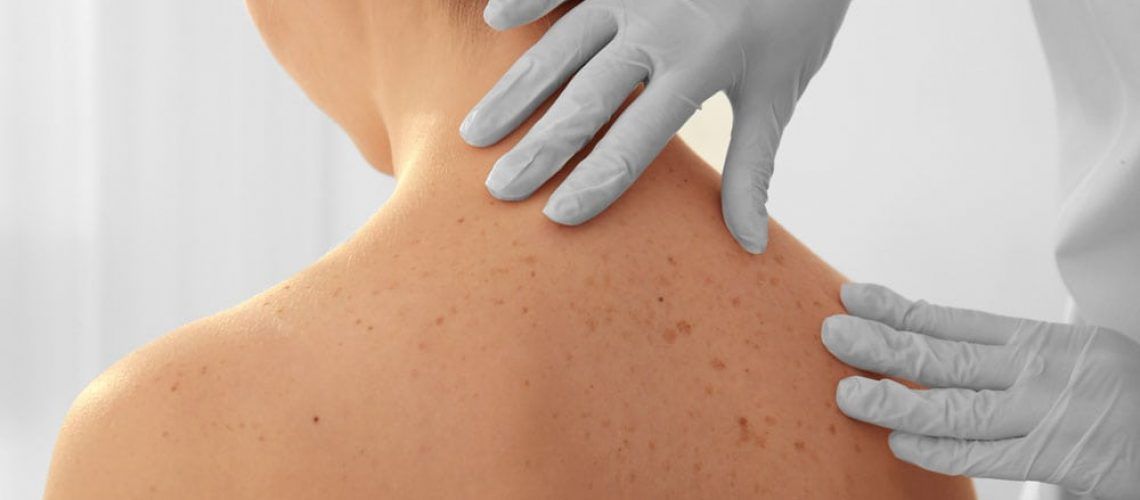What types of skin cancer do you treat?
The most common type of skin cancer is basal cell carcinoma and the second most common type of skin is squamous cell carcinoma. Typically, for skin cancers of the face, we recommend having the excision done by a board-certified Mohs surgeon (who are fellowship trained dermatologists). Then after the skin cancer has been resected, we can help reconstruct the defect. We can even help coordinate the appointment with the Mohs surgeon along with the reconstruction to follow.
We also treat melanoma of the head and neck which is the third most common type of skin cancer. This type of cancer can be very aggressive and is not amenable to traditional Mohs surgery. The type of surgery required for melanoma can vary and depends on size and thickness of the tumor. Typically, the cancer resection and the reconstruction can be done at the same time.
What is Mohs surgery?
Mohs surgery is a technique developed by Dr. Frederick Mohs in the 1930s to simultaneously excise tumor and also look at the excision under the microscope. This allows the Mohs surgeon to precisely cut out the tumor (typically basal cell or squamous cell carcinoma) and leave healthy tissue behind. This is especially helpful for reconstruction after the tumor has been removed. The cure rate for Mohs surgery is typically greater than 97%!
What kind of reconstruction will I need?
Every skin cancer is a little different therefore each tumor resection is different and the resulting defect is different. The type of reconstruction that you may “need” or may benefit from will depend on the location, the amount of tissue excised, your skin type, and also your expectations. Each defect can usually be reconstructed utilizing a variety of techniques. We want to have a detailed discussion with you regarding your reconstructive options and want you to feel comfortable with your reconstructive surgeon.
What kind of pain can I expect?
Typically the pain is mild for the first few days after surgery as a majority of the time it is only skin surgery. However, if an ear cartilage graft is needed or a paramedian forehead flap is needed, the pain can be present for up to a week after surgery.
What kind of scar can I expect?
As the reconstructed area heals, the resulting scar will continue to mature. We typically say to not judge the final result until at least 6 months after surgery as the scar will continue to become less and less noticeable. However, there are procedures that can be done to help with the scar just as dermabrasion.

